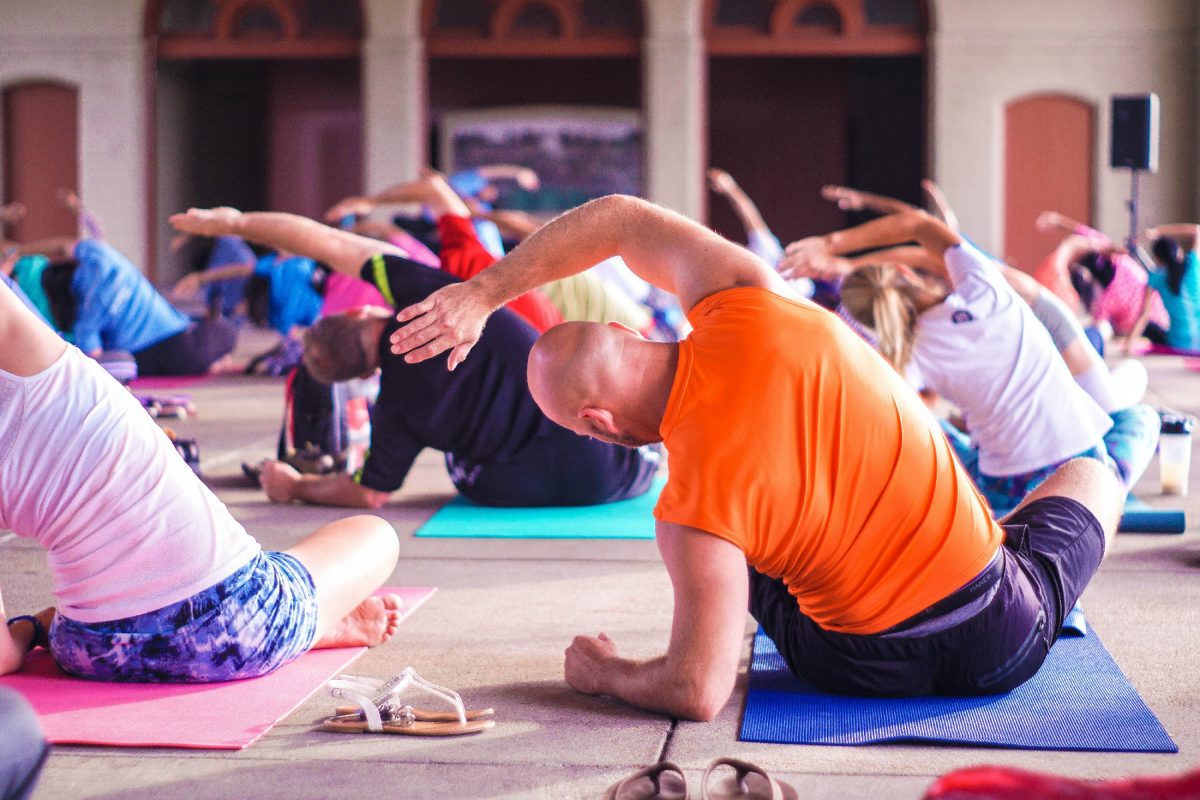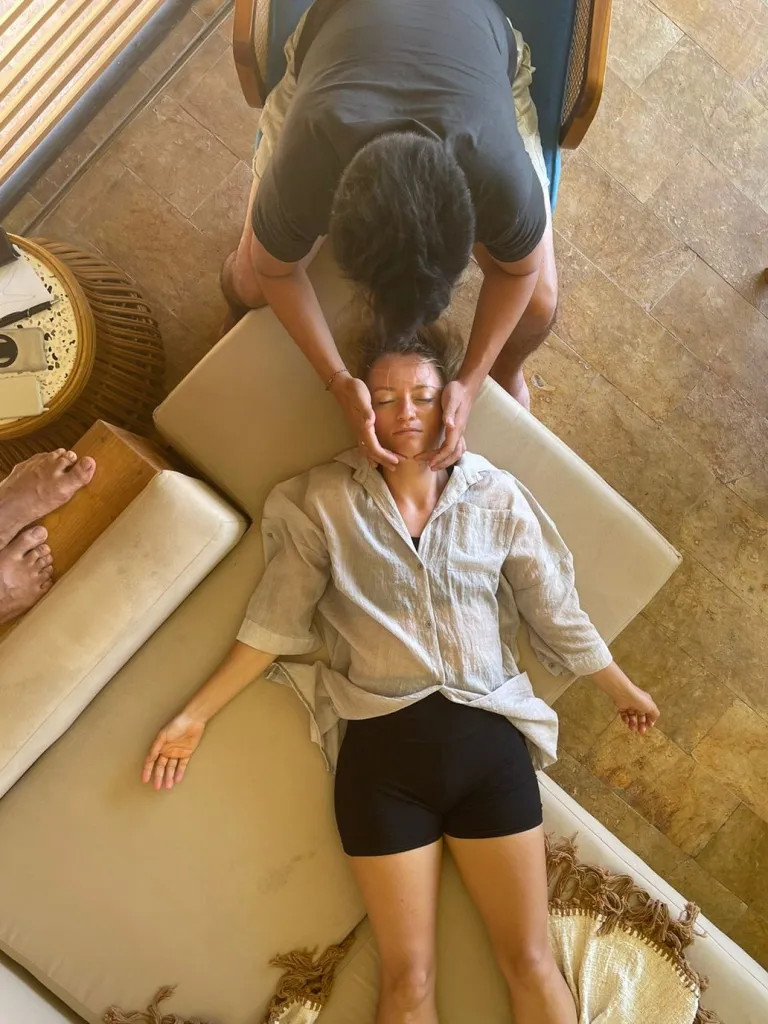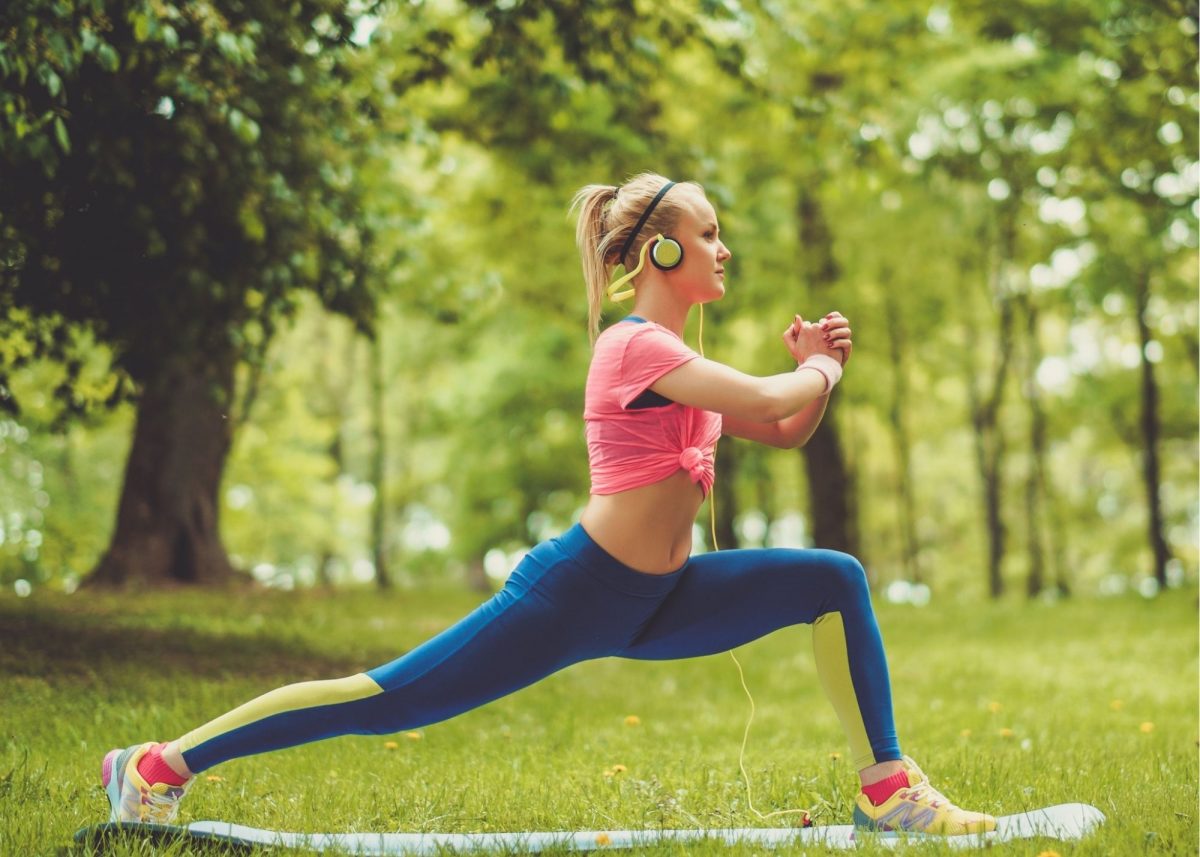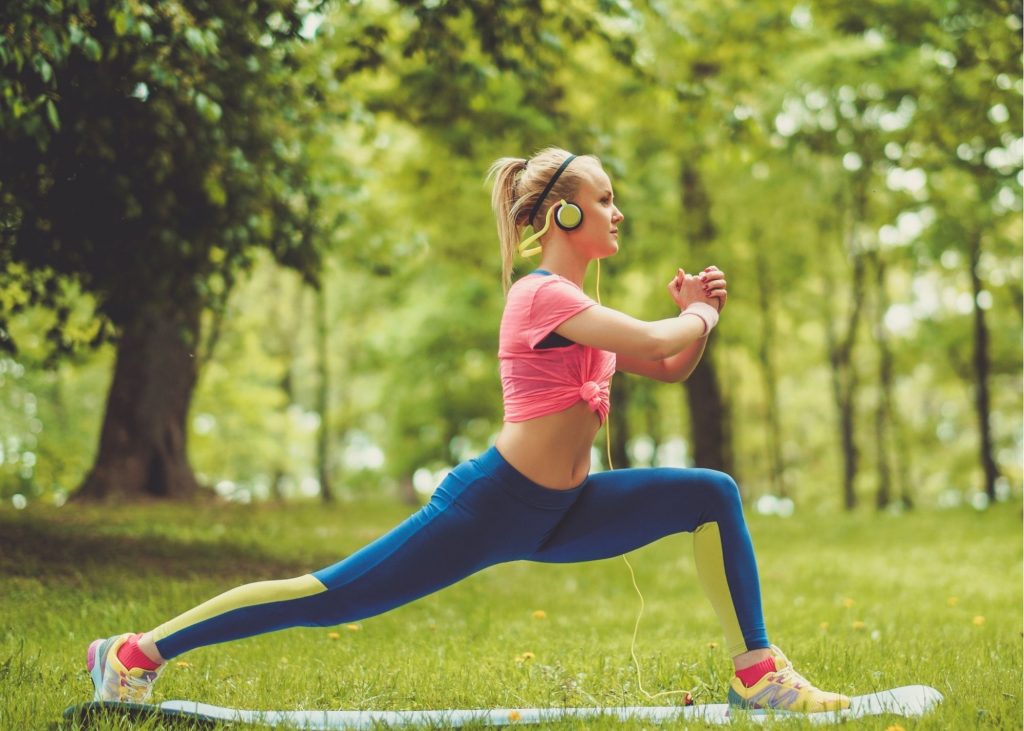The ISM is a framework to assess how past injuries, posture and movement patterns impact on health and pain and movement limitations.
It is a way to determine how ‘correcting’ different sites of the body then impacts on a meaningful task. Subsequent treatment may involve a number of modalities, and as such ISM offers a powerful model to then direct a treatment program.
What does ISM looks like
It starts with finding a meaningful movement unique to you, that may be painful, restricted or just something you want to improve in your performance of. We then determine if corrections on different sites, which can be quite far away, improves either posture, performing the task or changes your sensation of the task. Treatment is often a combination of manual therapy and exercise to reinforce these corrections.
It is common to see individuals with a combination of impairments in multiple regions of their body that collectively impact the musculoskeletal, urogynaecological and respiratory systems.
DIANE LEE








